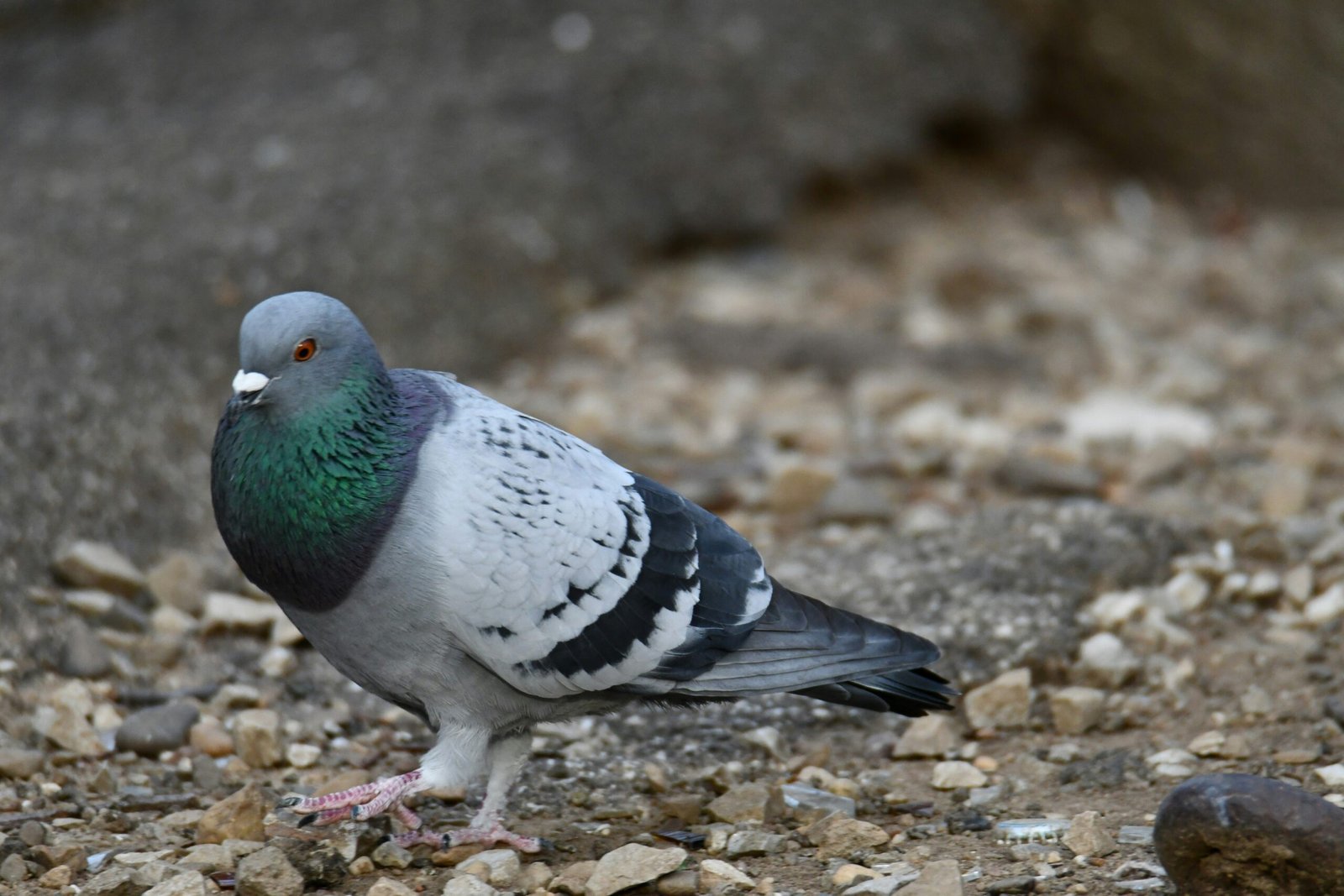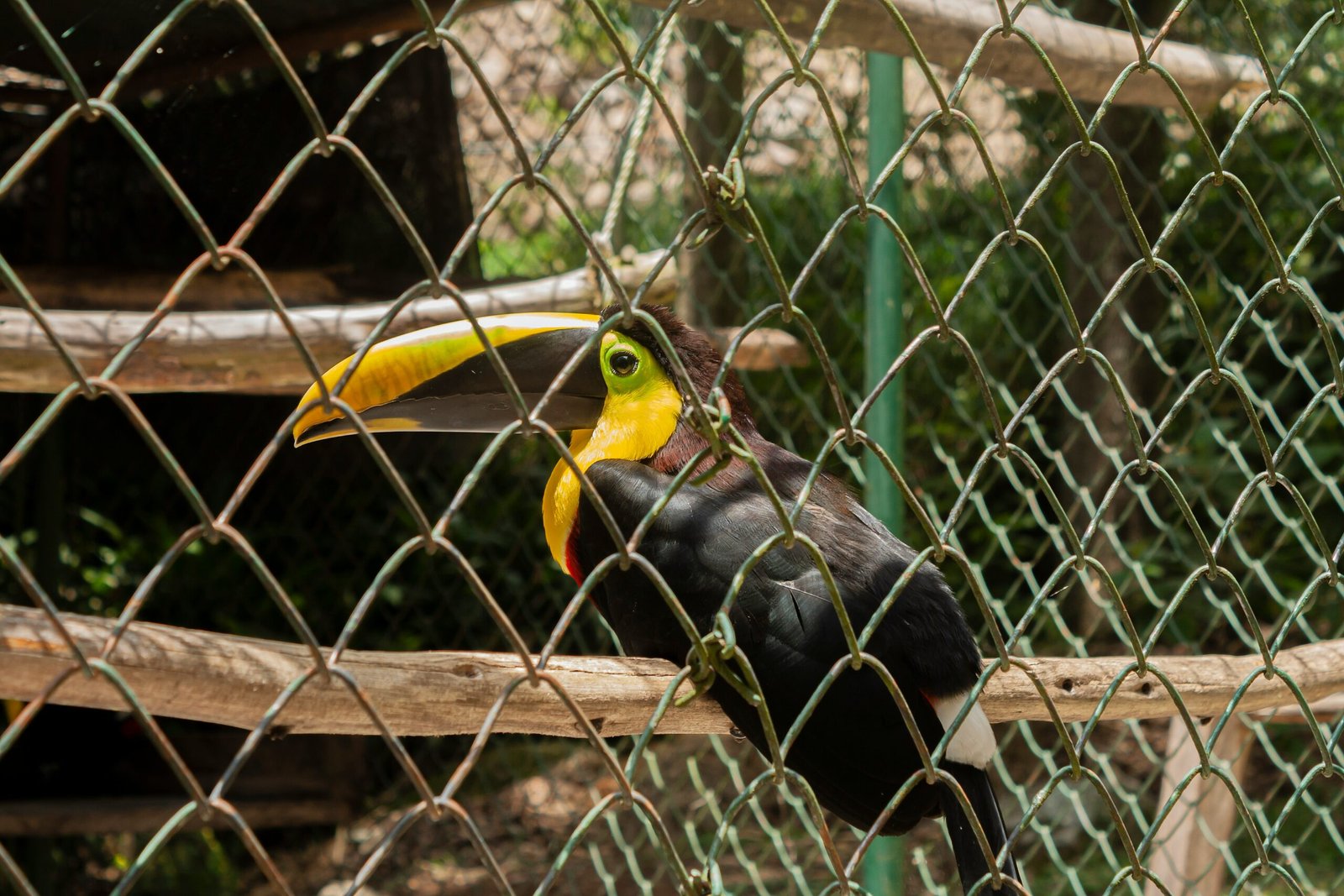Introduction to the Rock Dove
The rock dove, often seen perched on city ledges or cooing in the park, is a bird that many of us recognize yet few truly know. With its iridescent feathers and gentle demeanor, this seemingly ordinary creature has an extraordinary story to tell. From its ancient origins as a wild species to its current status as an urban survivor, the rock dove has adapted remarkably well to modern life. As we explore the fascinating journey of this common bird, you’ll discover how it thrives amid bustling cities and what makes it such an integral part of our world. Let’s dive into the captivating history and resilience of the rock dove!
History and Evolution of the Rock Dove
The rock dove, often referred to as the common pigeon, has a rich history that spans thousands of years. This bird originally hails from Europe and North Africa. Its wild ancestors were first domesticated by humans around 5,000 years ago.
These birds adapted well to life alongside people. Their ability to thrive in diverse environments made them invaluable for communication. Ancient cultures used homing pigeons to carry messages across vast distances.
As they spread globally, rock doves evolved into various forms. Selective breeding led to an array of colors and sizes among domestic breeds. Despite these changes, many traits remained constant—agility and intelligence are hallmarks of this species.
Interestingly, their genetic diversity hints at a complicated evolutionary path influenced by human activity and environmental pressures over time. The story of the rock dove is one of survival through adaptation in tandem with humanity’s journey.
Physical Characteristics and Behavior
The rock dove is a bird marked by striking features. Its plumage varies from gray to blue, often adorned with iridescent neck feathers. The contrasting black wing bars add an elegant touch, making them easily recognizable.
These birds have strong bodies and long wings designed for powerful flight. Their beaks are short yet stout, perfect for pecking at seeds and grains, their primary food source.
Behaviorally, rock doves display fascinating social dynamics. They often gather in flocks that can range from small groups to large colonies. Communication among these birds includes a series of coos and soft calls.
Rock doves are known for their exceptional homing ability. They navigate using the Earth’s magnetic field and visual cues, allowing them to return home over vast distances. This remarkable trait has aided in their survival across diverse landscapes around the globe.
Adaptation to Urban Environments
Rock doves have mastered the art of urban living. Their ability to thrive in cities is truly remarkable. These birds effortlessly blend into bustling environments.
With their keen eyesight and agile flight, rock doves navigate crowded streets and parks with ease. They often perch on ledges and rooftops, finding safe spots away from predators.
Urban landscapes provide abundant food sources as well. The remnants of human activity, like discarded crumbs or seeds, offer a steady supply of nourishment. This adaptability has allowed them to flourish where other species might struggle.
Social behavior also plays a role in their success. Rock doves form large flocks that help protect them from threats while maximizing foraging opportunities. Their communal lifestyle not only ensures safety but also enhances their chances of survival in ever-changing surroundings.
As humans continue to reshape our environment, the rock dove remains an emblem of resilience amidst concrete jungles.
Role in Human Culture and Mythology
Rock doves, often simply called pigeons, have held a notable place in human culture for centuries. Their gentle cooing and graceful flight have inspired artists, poets, and writers alike.
In ancient civilizations like Egypt and Greece, these birds symbolized peace and love. They were frequently depicted in art as messengers of the gods or harbingers of good fortune.
Many cultures still regard the rock dove as a symbol of hope. The iconic image of a white dove released during ceremonies signifies purity and new beginnings.
Beyond symbolism, rock doves have practical roles too. Historically used by military forces to carry messages across perilous terrains, they proved invaluable in times of war.
Even today, their presence can be seen in urban landscapes—an enduring reminder of humanity’s connection with nature.
Conservation and Threats to the Species
The rock dove faces various challenges in today’s rapidly changing environment. Urbanization has transformed their natural habitats, pushing these resilient birds into smaller spaces. Concrete jungles may seem like a refuge, but they come with dangers.
Predation from domestic cats and urban raptors poses significant threats to rock doves. Additionally, pollution and habitat destruction further complicate their survival. As cities expand, the availability of nesting sites diminishes.
Despite being adaptable, rock doves are not immune to disease outbreaks that can decimate local populations. Human activities often exacerbate these issues by introducing toxins into their environments.
Conservation efforts are crucial for maintaining healthy populations of this species. Creating green spaces within urban areas can help provide shelter and food sources while fostering coexistence between humans and wildlife.
Conclusion: The Resilience of a Common Bird
The rock dove, often overlooked in urban landscapes, showcases remarkable resilience. Its ability to thrive in diverse conditions speaks volumes about its adaptability and survival instincts. From ancient cliff dwellers to the birds we see today at city parks and squares, this species has navigated significant changes over time.
Despite facing threats like habitat loss and pollution, the rock dove continues to flourish in human-dominated environments. Its presence serves as a reminder of nature’s tenacity amid modernity. Whether you view it as a pest or a companion on your daily walks, the rock dove remains an integral part of our ecosystem.
This common bird carries with it rich histories and cultural significance that remind us of our connection to wildlife. As we navigate urban life, let’s appreciate these feathered survivors who have managed not only to endure but also thrive alongside us through centuries of change.





